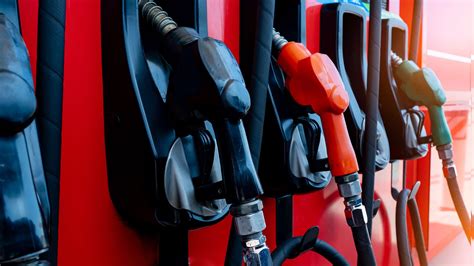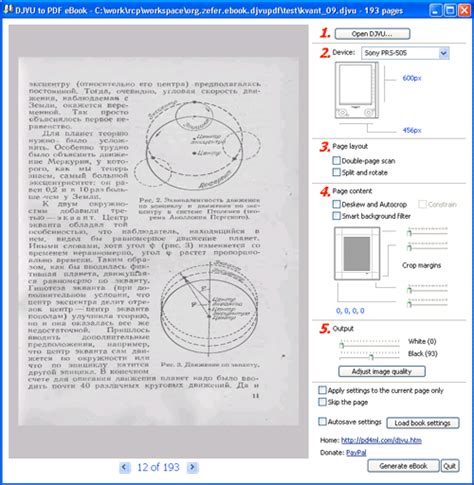Understanding Octane Ratings and Your Engine
The fuel pump offers a choice: regular, mid-grade, and premium, distinguished primarily by their octane rating. Octane isn’t a measure of energy content or cleanliness; it’s a measure of a fuel’s resistance to pre-ignition or “knocking.” In an internal combustion engine, the air-fuel mixture is compressed before being ignited by the spark plug. If the compression is too high for the fuel’s octane rating, the mixture can spontaneously ignite before the spark, causing a detrimental knock that can damage the engine over time.
Engines are designed to operate efficiently with a specific octane level. Standard gasoline (usually 87 octane) is perfectly sufficient for the vast majority of trucks and vehicles on the road today. These engines are calibrated to perform optimally with regular fuel, and using a higher octane fuel will not magically unlock hidden power or improve fuel economy.

Does Your Truck Truly Need Premium Fuel?
The definitive answer to whether your truck needs premium octane can be found in one place: your owner’s manual. Vehicle manufacturers specify the minimum octane requirement for a reason. Engines with high compression ratios, superchargers, or turbochargers often demand premium fuel (typically 91 or 93 octane). These advanced engine designs generate more heat and pressure within the cylinders, necessitating fuel with greater knock resistance to prevent damage and ensure optimal performance.
If your owner’s manual recommends or requires premium fuel, then using it is essential for the longevity and performance of your engine. Failing to do so can lead to knocking, reduced power, decreased efficiency, and potential long-term engine damage. Conversely, if your manual states “regular gasoline recommended” or “87 octane minimum,” then anything higher is likely a waste of money.
The MPG Myth vs. Reality
Many truck owners mistakenly believe that feeding their vehicle premium fuel will automatically lead to better fuel economy (MPG) or increased horsepower. For an engine not designed to utilize higher octane, this is largely a myth. Modern engines are equipped with knock sensors that detect pre-ignition. If a lower octane fuel is used in an engine designed for premium, the engine’s computer (ECU) will retard the ignition timing to prevent knocking. This adjustment can indeed lead to a slight decrease in power and efficiency.

However, if you’re putting premium fuel into an engine designed for regular 87 octane, the knock sensors will find no pre-ignition issues, and the engine will operate exactly as intended with 87 octane. The ECU will not advance the timing or make any adjustments that would magically boost MPG or performance, simply because there’s no need for it and the engine isn’t designed to take advantage of the higher octane’s resistance to knock at its standard operating parameters.
The Impact on Your Wallet
The most tangible effect of using premium fuel unnecessarily is on your bank account. Premium gasoline typically costs anywhere from $0.30 to $0.70 more per gallon than regular. Over the lifespan of a truck, especially one driven frequently or for long distances, these small differences quickly accumulate into significant sums.

Consider a truck with a 25-gallon fuel tank that gets filled once a week. If premium costs $0.50 more per gallon, that’s an extra $12.50 per fill-up. Over a year, that amounts to an additional $650 – money that could be better spent on maintenance, tires, or even savings. For zero benefit in performance or MPG for a vehicle not requiring it, this is a direct transfer of wealth from your wallet to the gas station.
When Premium *Does* Make Sense (and Cents)
While often unnecessary, there are specific scenarios where premium fuel is not just recommended, but vital. As mentioned, if your owner’s manual explicitly states that premium fuel is required, then using it ensures your engine performs as engineered and avoids potential damage. This is particularly true for many high-performance trucks, luxury SUVs, and vehicles with forced induction systems (turbochargers, superchargers) that inherently create higher cylinder pressures.

Occasionally, some manufacturers might recommend premium for optimal performance even if not strictly required, especially under severe conditions like heavy towing or extreme temperatures. In these niche cases, the higher octane might offer a marginal benefit by ensuring the engine can maintain its most aggressive ignition timing without knocking. However, these are exceptions, and the general rule remains: consult your owner’s manual.
Making the Smart Choice at the Pump
The decision boils down to your truck’s engineering and the manufacturer’s recommendations. For the vast majority of trucks, sticking to regular 87 octane gasoline will provide the intended performance, fuel economy, and engine longevity without incurring unnecessary costs. Don’t fall for marketing hype or old wives’ tales about “cleaning” effects or magical power boosts.

Always refer to your vehicle’s owner’s manual. If it calls for regular, use regular. If it requires premium, then fill up with premium to protect your investment and ensure your truck runs optimally. Save your wallet the unnecessary strain, and your engine the potential misinformation.




